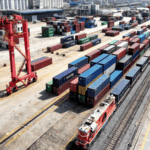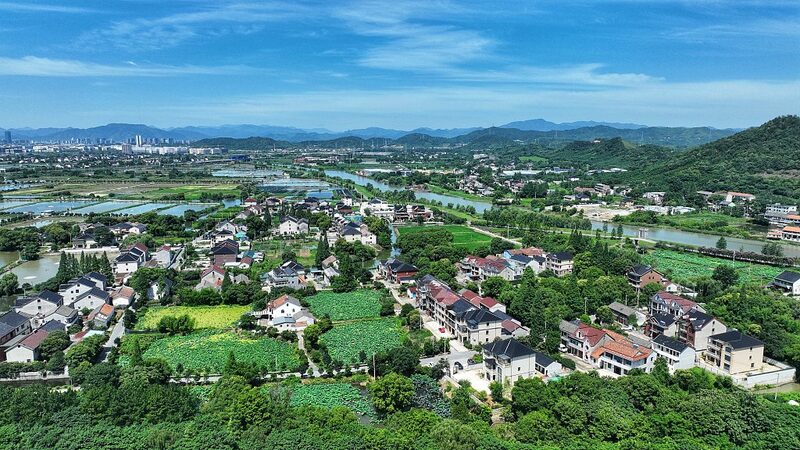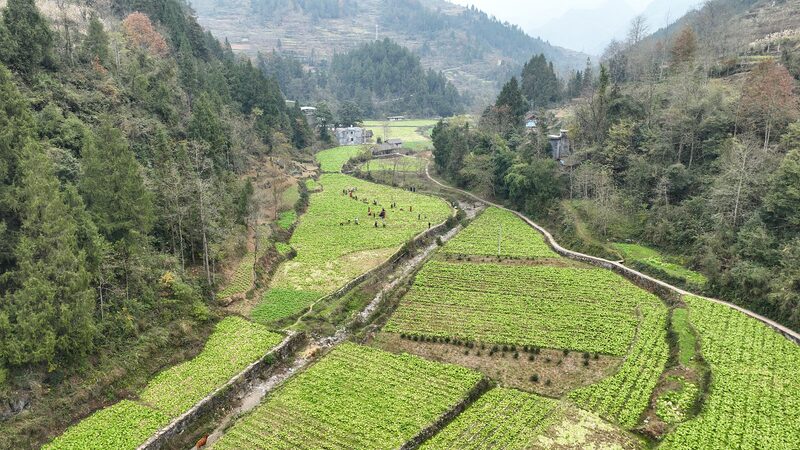While China's high-speed rail networks dominate headlines, a quieter transportation revolution is unfolding in rural areas through centuries-old slow trains. The No. 7272 train in southern China exemplifies this underreported story, serving as a critical supply chain link for farmers transporting fresh produce to urban markets.
A Mobile Marketplace on Rails
Our reporter boarded the 16-carriage No. 7272 to document how these green-painted trains function as rolling marketplaces. Farmers haul baskets of lychees, longan, and seasonal vegetables into dedicated cargo compartments, paying less than $1 for 100 pounds of freight. "This train is our golden bridge," said tea grower Li Weimin, who now reaches customers in provincial capitals within hours rather than days.
Economic Ripple Effects
Transport officials report these services sustain over 80 rural supply chains nationwide, moving 42 million tons of agricultural products annually. Economists highlight their role in narrowing urban-rural income gaps, with participating farmers seeing 30-40% income increases since 2020. The trains also enable reverse migration trends, with younger residents returning to modernize family farms.
Sustainability in Motion
While operating at a financial loss, experts argue these routes provide social value beyond mere profitability. "They're maintaining cultural connections while enabling sustainable food systems," noted agricultural economist Dr. Zhou Meiling. Plans for solar-powered refrigeration cars and digital tracking systems aim to enhance efficiency while preserving this crucial service.
Reference(s):
cgtn.com








